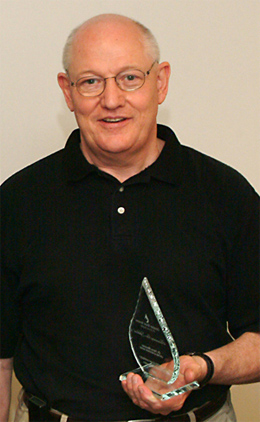Patient and Survivorship Education is working with the Canadian stem cell donor registry OneMatch, for an education and awareness drive on the importance of donor registration. We talked to Dr. Hans Messner, Allogeneic Bone Marrow Transplant Program, PMH, to learn more about stem cell donation.
 Who needs stem cell donations?
Who needs stem cell donations?
- Patients with marrow failure (such as aplastic anemia)
- Patients with inborn errors of metabolism
- Patients with hemoglobinopathies
- Patients with hemopoietic malignancies (Leukemia, Lymphoma, Myeloma, etc.)
- Patents with certain autoimmune disorders
- Patients with selected solid tumours
How have stem cell and bone marrow donations have changed during your career?
Originally stem cells were collected from bone marrow. At the moment, the majority of donations are derived from the peripheral blood. The donor is to receive certain medications to mobilize stem cells from the bone marrow and release them into the blood stream from where they can be collected using a blood cell separator. In addition umbilical cord blood is being used as a source of stem cells. The advantage of this source is the ready availability, without any further manipulation of the donor.
OneMatch is part of an international registry network. How can blood products be transported internationally?
Stem cells (marrow, peripheral blood and cord blood) are made available for international recipients. The worldwide resource of volunteers includes now 17 million individuals. Tissue typing is required to ensure compatibility. Donors are assessed for their health status and transmissible disease markers. If found acceptable and consent is obtained the arrangement for a donation is made at the local donor centre. The transplant centre sends a courier to transport the graft under defined conditions to ensure maintenance of stem cell viability.
There has been a lot of public debate around stem cell research ethics. Has this affected your own work/research and if so, how?
The ethical debate revolves predominantly around embryonal stem cells. These are currently not in use for the indications listed above. Of course the management of recipients and donors follows all principles of good clinical practice including informed consent.
What is the difference in survival rates between related and non-related donors?
In recent years, transplants using unrelated donors have become safer and more successful. The outcomes are similar.
The OneMatch registry contains predominantly Caucasian donors. What are the clinical implications of this?
The predominance of Caucasians in various registries enhances the chance to find a donor for Caucasians. It is less likely to find donors for underrepresented races.
How is the procedure of stem cell donation or bone marrow transplant different than giving blood?
Theoretically regular blood donations could be used to repopulate bone marrow, however the number of stem cells required are too low. Out of this reason stem cells have to be either collected from the bone marrow or mobilized and released into the blood stream for collection.
Can you explain what donors can expect with recovery from donation? How does donation affect donors' health?
Stem cells are a renewable resource that is readily rebuilt by the marrow. There is also a post-donation period of pain in the collection areas (pelvis). Recovery of normal blood counts after a marrow donation is slower than recovery after a blood stem cell donation. The mobilization procedure for a peripheral stem cell collection is usually associated with bone pain, general aches and possibly some flu-like symptoms.
